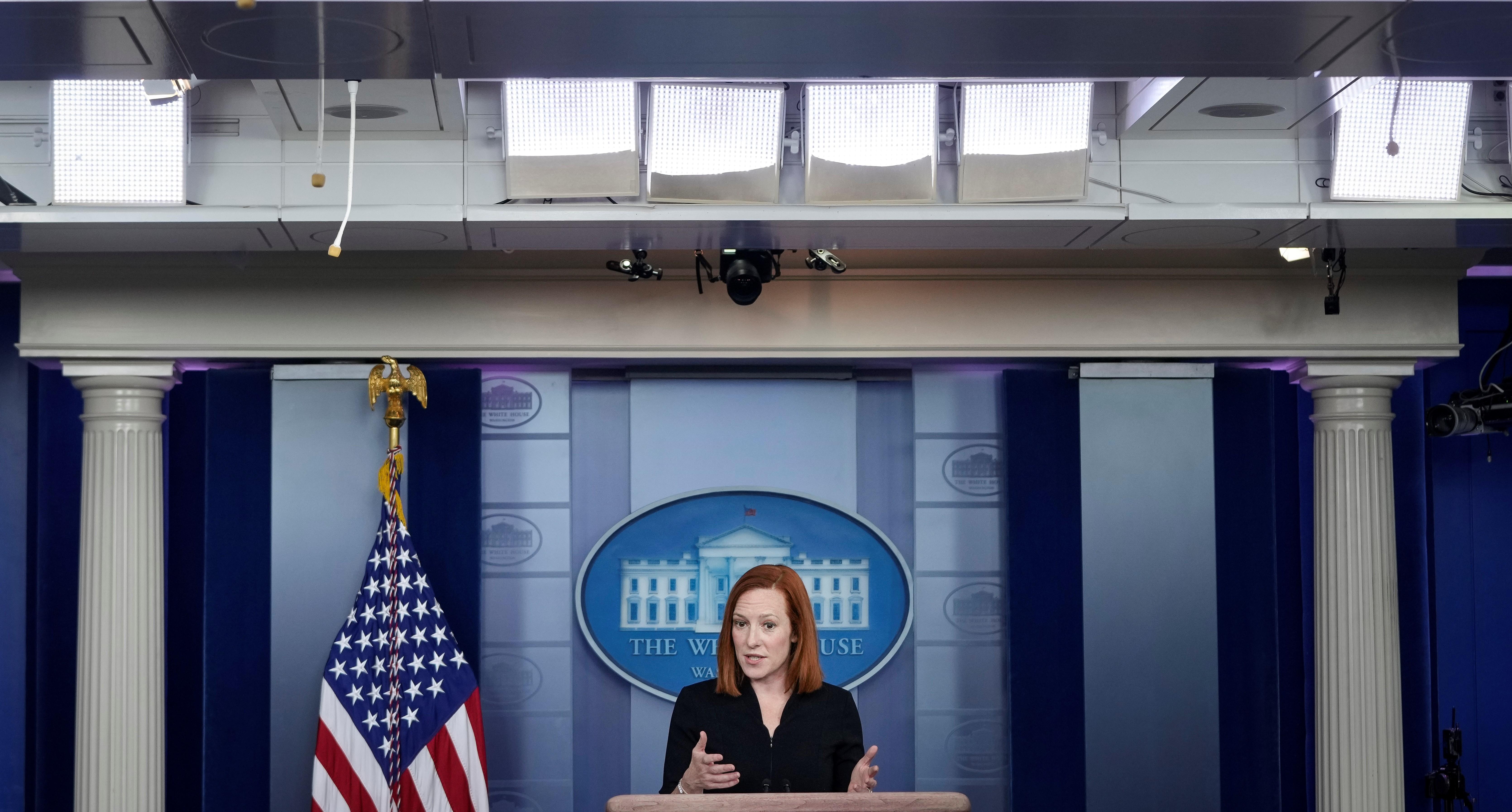Some Eligible PPP Loan Recipients Continue to Face Delays
Are you still waiting for your share of the paycheck protection program? Why have there been delays? What can you expect?
April 13 2021, Published 2:19 p.m. ET
By August 2020, more than 5.2 million small businesses across the U.S. received PPP (paycheck protection program) loans. In 2021, the eligibility expanded to include independent contractors and businesses with no employees. This round served 891,000 borrowers by the end of the first quarter with more approvals to come.
A delay in PPP loan processing and approval can be traced back to strong demand and the struggle for banks and third-party processors to keep up.
SBA tech is causing PPP loan approvals to lag.
Third-party processors play an important role in the PPP loan process, but bank lenders still have to apply for each loan through the SBA (Small Business Administration). The SBA uses something called E-Tran to communicate with the lenders and it's pretty outdated.
Specifically, lenders have reported difficulty opening new accounts with E-Tran if they weren't previously part of the PPP program.
Some banks are bowing out of the PPP game.
If you recently completed a PPP loan application using Wells Fargo as your lender, you might have been one of the last to do so. Last week, the bank announced it's halting applications for PPP loans indefinitely. Wells Fargo only signed up for $10 billion in PPP loan lending, and the amount of applications the bank received has already surpassed that threshold.
Other banks are only processing loans for existing clients. There are non-bank lenders like Fountainhead Commercial Capital and BlueVine to fill in the gaps.
There are limits on what fintech can do.
Right now, fintech contributes to the PPP loan process in the form of third-party processing. However, the U.S. Treasury hasn't approved fintech companies to contribute lending on behalf of the SBA.
Lenders might not have the capital to quench PPP loan demand.
Currently, it's up to lenders to shell out the capital for the loan. Then, they have to wait until the SBA reimburses them. Loan recipients ultimately receive forgiveness as long as they use the funds appropriately (the rules differ for small businesses versus independent contractors).
Not all lenders have an endless supply of upfront capital to satisfy demand without being proactively imbursed. This is a valid issue, and one that the Fed has addressed with the announcement of a loan buyback program. They state that this would alleviate the particular issue of capital shortage, but they have yet to tell lenders and recipients exactly how it works.
Did you complete your PPP loan application?
The PPP loan application is extremely secure and thorough. There are multiple forms for you to sign during and after the initial application, including a promissory note. You might also be required to verify your identity through questions and a camera analysis depending on which processor you use.
If you are experiencing a delay, one thing is certain. The SBA won't run out of funds before it gets to you. The SBA extended the initial March 31 deadline by two months because it has more money to give and plans to shell it all out to eligible business owners.


